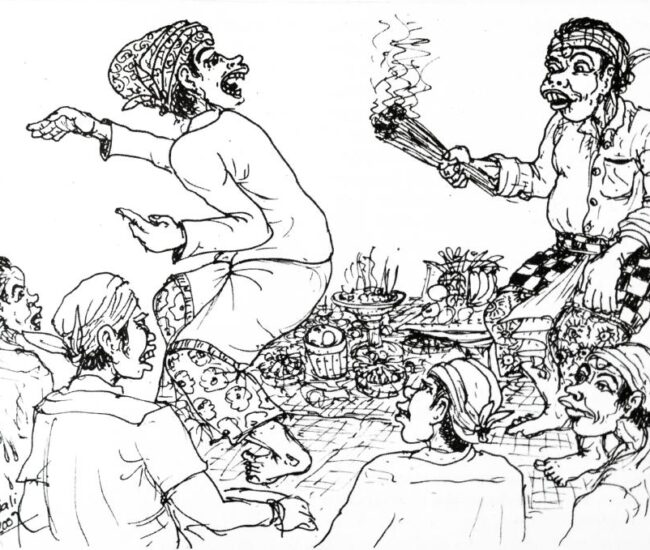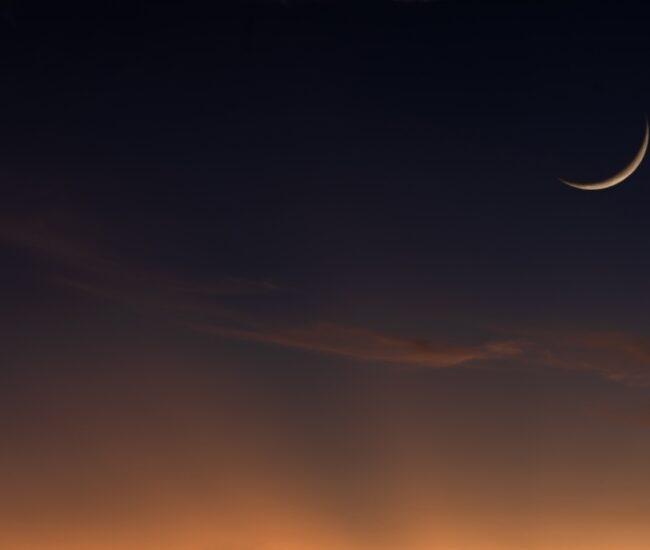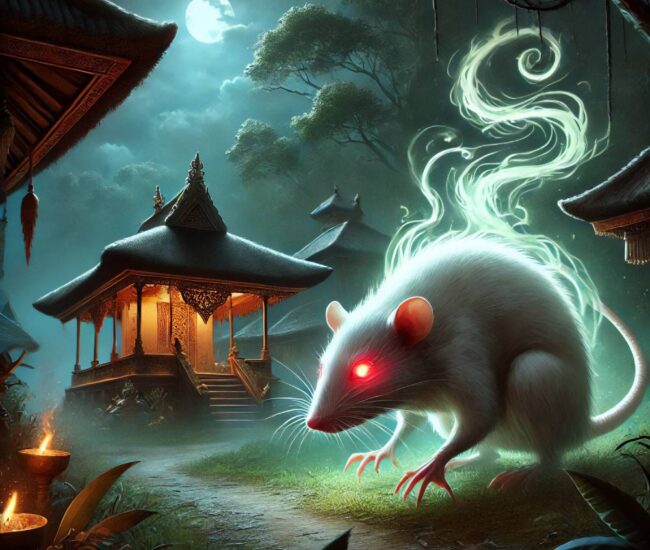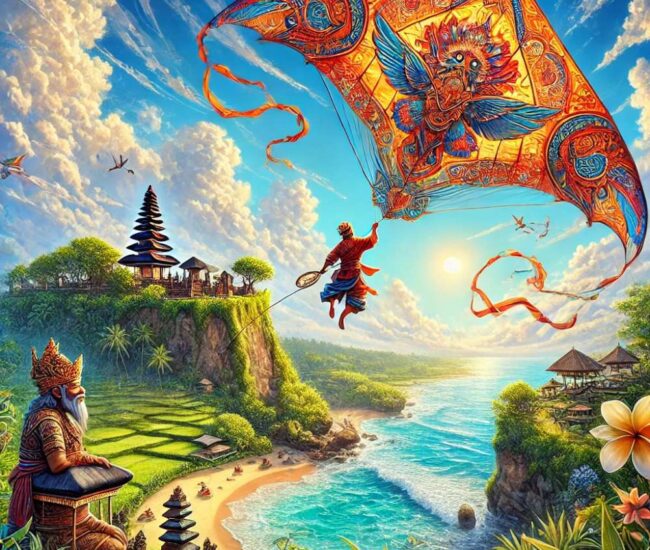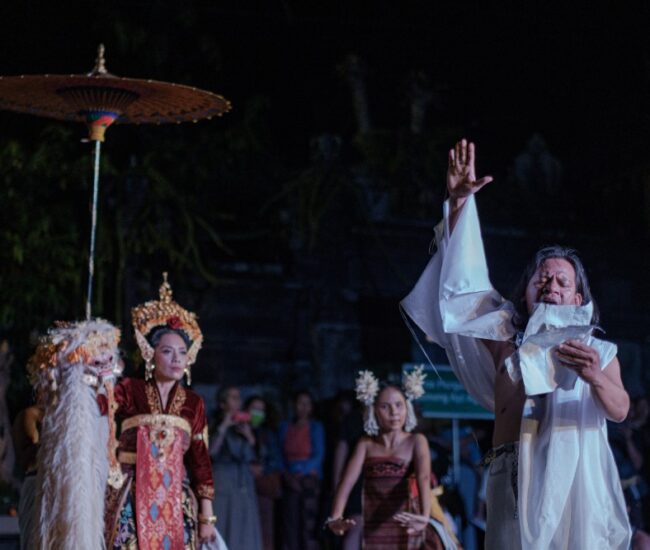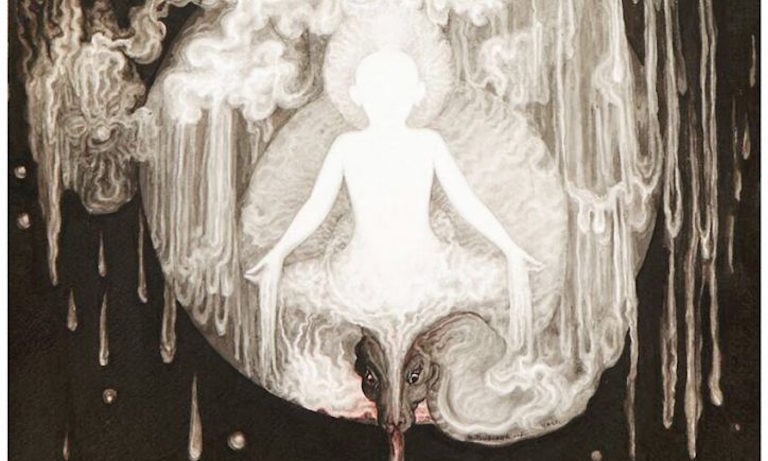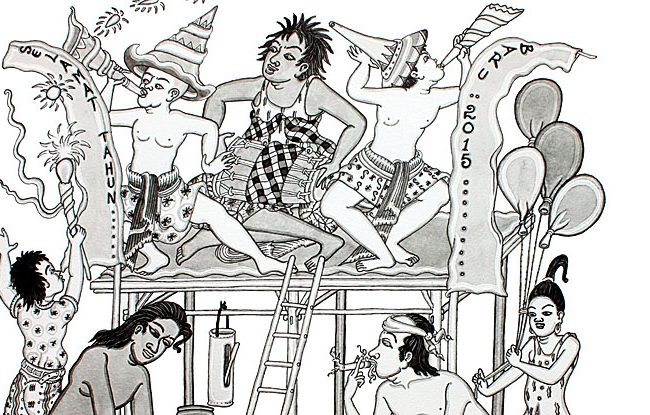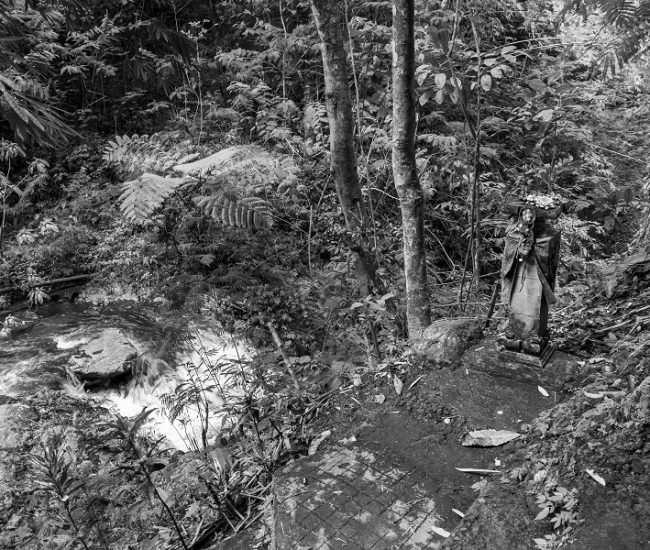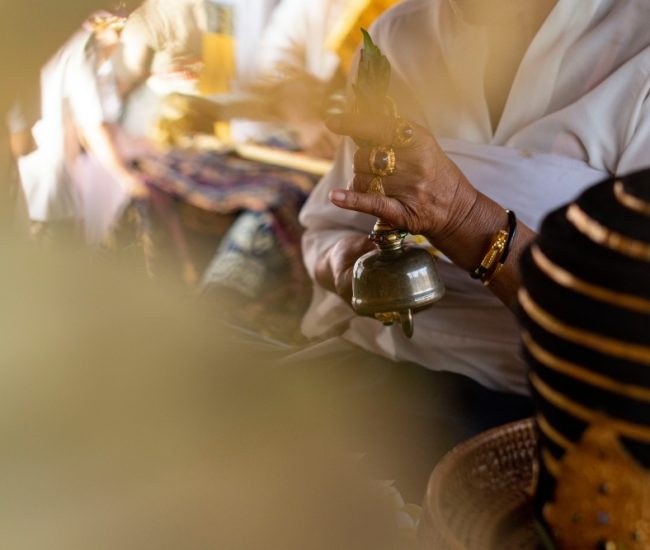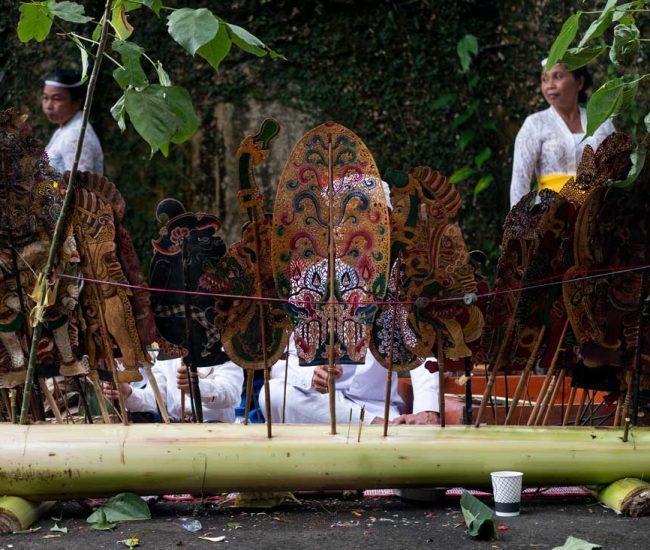Jean Couteau
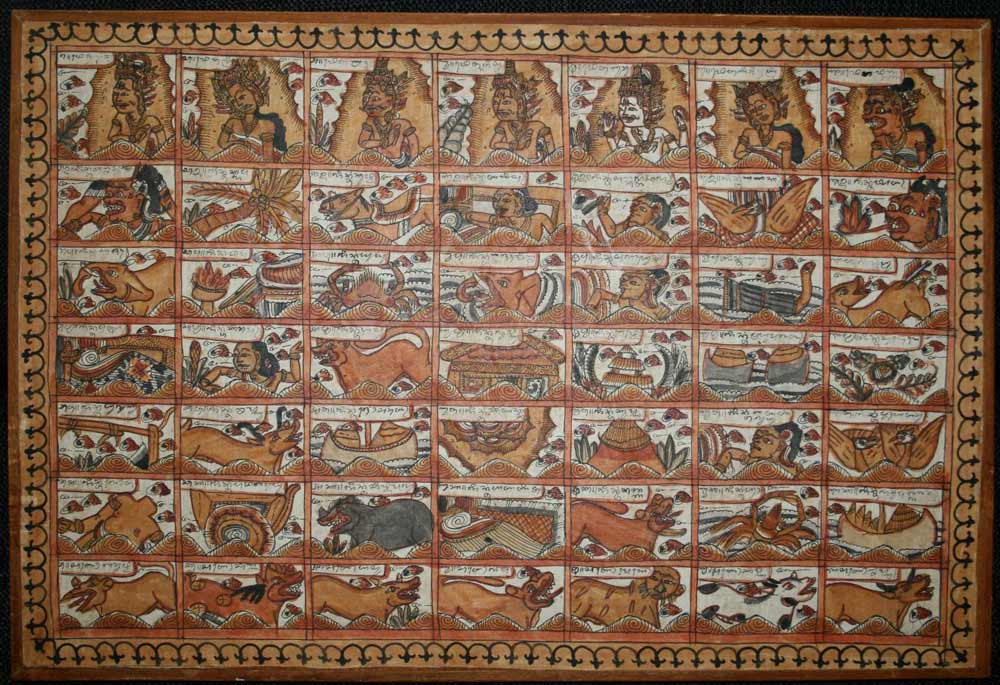
Decoding the Pawukon Calendar: Cycles and Symbolism
The Balinese Pawukon calendar is one of two calendar systems used on the island, but by far the Pawukon calendar dictates much of ritual life on Bali. The pawukon cycle consists of 210 days (30 seven-day weeks), whilst the Saka Calendar follows 12 cycles of the moon (roughly 355 days) The Pawukon calendar is incredibly
Nyungsung Betara: The Balinese and Their Gods
The Balinese have a very special relationship with the gods and the unseen world. To truly understand it, put aside for a while all the fantasies you have heard about the One and Only, and be ready for other fantasies—fantasies that, for the Balinese, have the allure of reality. The Hindu Gods In their “system”—which,
The Philosophy of Day and Night in Bali
For most ordinary people, which is in the world out there, it goes without saying that there are 24 hours a day and sixty minutes in an hour. To them, thus, time is a tool, repetitive and familiar. However, that is a far cry from how traditional Balinese circles perceive the same period of time.
Want to Get Rich in Bali? Buy a Bererong
Westerners and modern people have a bad habit when it comes to making money: they have a rational approach to economics. You work, save and invest, and then you will earn X% or more, if lucky, in one or five years. There is little pleasure to be had, and no fear. Many people think that
Lobangkara: The Balinese Ikarus
Once upon a time, there lived in the village of Kamasan, just on the outskirts of Klungkung, a talented painter by the name of Lobangkara. Painting was his whole life, and so he spent all his time at it, heedless of what people said and of the way the world went around him. The world
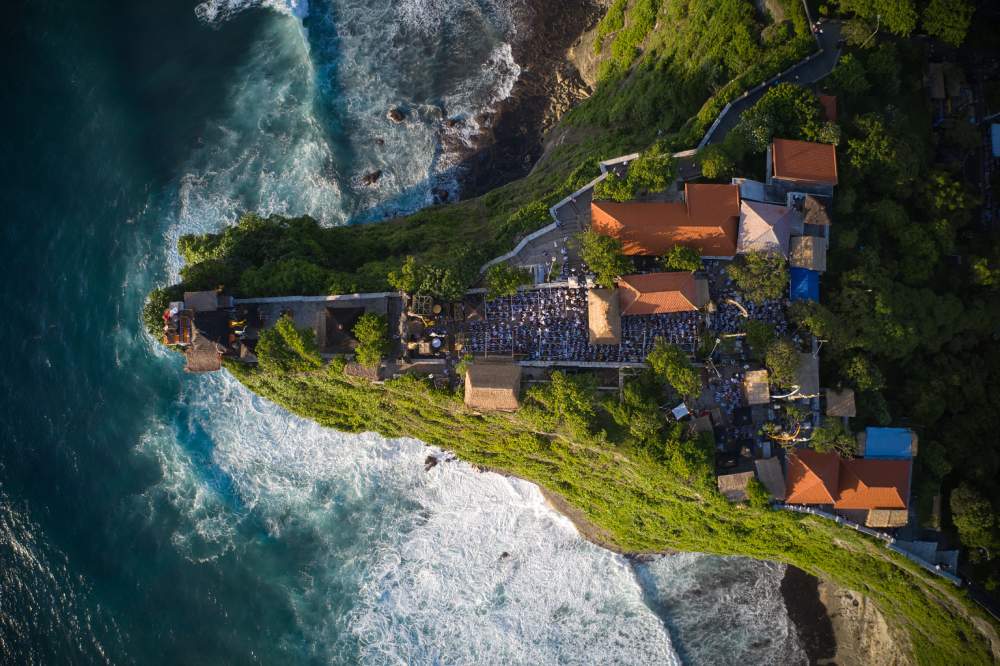
The Origin of Uluwatu and Why Fishermen Cannot Become Rich
Once upon a time there lived a man by the name of Kama Jaya in the village of Kelam, by the beach of Bali Dwipa, now better known as the island of the gods. Nature endowed him generously with wide, well-built shoulders and a good, strong chest. He sported a luxurious moustache and his seemingly
MaSutasoma: A Balinese Theatre Performance of Epic Proportions Unfolds in Budakeling
An extraordinary event took place on 6 April 2024 in the village of Budakeling, the core village of the brahmana Buda of Bali: the performance, under the name of MaSutasoma, was a gambuh dance telling the Javanese story of Sutasoma, the most famous of the Javanese Boddhisatwas, which expounds the path toward Buddhist “Release” of the brahmana Budas
Siwa Ratri, The Ritual Wake For The Longest Night of the Year
The longest night of the year is a important ritual moment in the life of the Balinese. In the local lunar-solar Saka calendar, it falls on the 14th panglong lunar day of the seventh (Kapitu) month. Fully dedicated to the cult of Siwa, this night is called the Night of Siwa, or Siwa Ratri. The
A Question of Time : The Difference Between Balinese and Westerners
You can listen to this story through the NOW! Bali Podcast: Here is a story of Ni Luh Koncreng, in which the way the Balinese see, feel and interpret time is illustrated. You can guess, of course, it is quite different to how Westerners view the very same aspect. We are in the compound of
The Temple of the Murdered Man
People have misconceptions about Balinese religion. Many see it as strictly Hindu. It may be so in children’s school books, which emphasises classical Hindu-Indian cosmology, but this is a “fundamentalist” evolution. The Balinese may refer once in a while to Hindu gods, but the daily ritual life is dominated by the worship of ancestors of
Ngiring: Accompanied by the Gods
‘Ngiring: Accompanied by the Gods’, is Part One of a two-part article on trance in Bali by Jean Couteau. Make sure to read NOW! Bali’s September-October 2023 edition for Part Two. Balinese religion is a complicated thing. You have what the school books and the Parisada Hindu organisation teach you: The unity of the godly
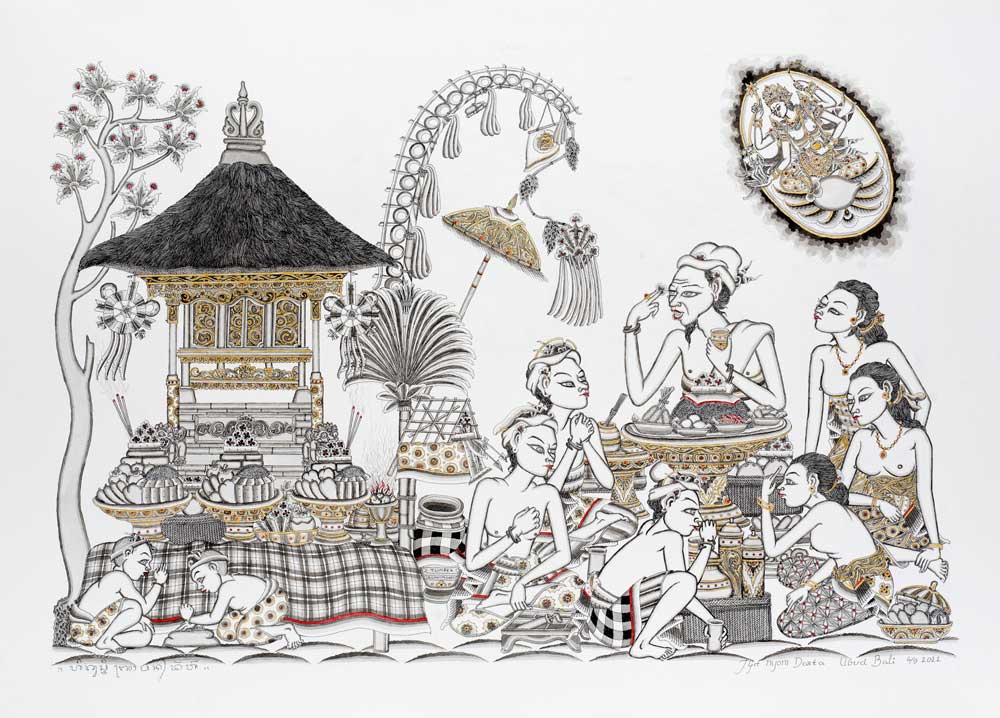
I Gusti Nyoman Darta: Following the Lines of Lempad
If you are a fanatic of Bali, you will be interested by the character of I Gusti Nyoman Darta. He had an early life typical of the feudal system of the days. Barely 5, he was entrusted by his father to one of the princes of Ubud, Tjokorde Ngurah Puri Saren. He took the mantle
Bali’s ‘Wayang Week’ and Stories of Time the Devourer
If there is an Indonesian form of art that is of international repute and calls to mind the notion of a “magic show”, this is undoubtedly the shadow play or puppet show theatre: the “wayang”. The trembling shadows of ancestral figures dancing on a white screen as they are shaped and unshaped by a flickering

